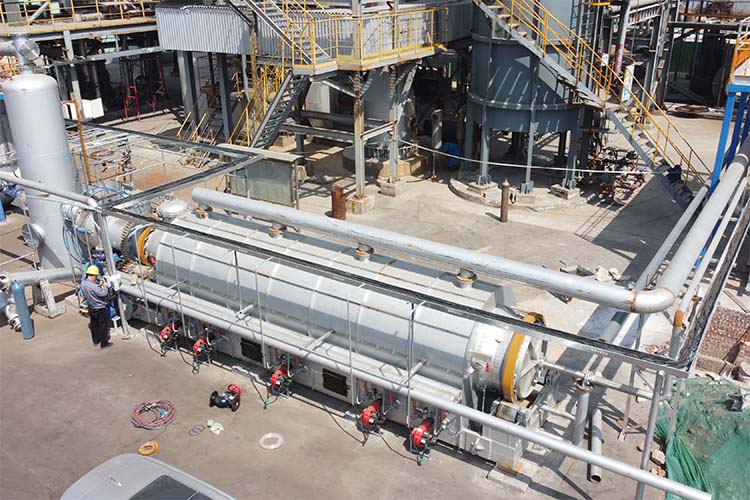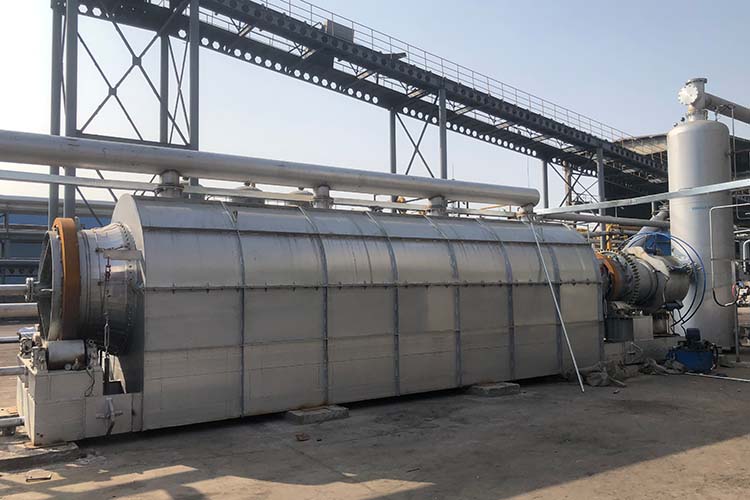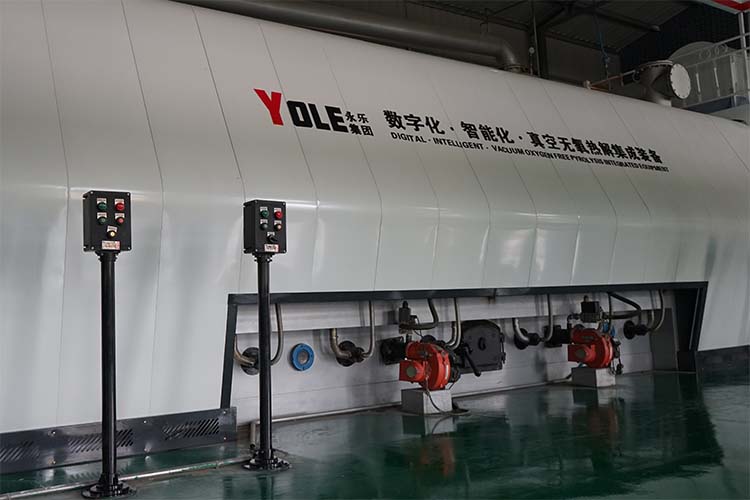As industrial production continues to develop, the generation of oily waste sludge has become a prominent issue. Oily waste sludge typically comes from industries such as petroleum, chemicals, and mechanical processing, containing a large amount of oil and other harmful substances. Improper handling can lead to soil and water pollution. Therefore, the development of efficient oily waste sludge treatment equipment is particularly important. Oily waste sludge treatment equipment usually consists of multiple components, each playing a crucial role in the overall treatment process.
First, the equipment's pre-treatment system is necessary to process the waste sludge before deep treatment. This usually includes crushing, screening, and mixing stages, aiming to homogenize the waste sludge and remove larger impurities. Next, the filter press is one of the core devices for oily waste sludge treatment. It uses hydraulic pressure to separate the water and oil from the waste sludge. The efficiency of the filter press directly affects the treatment effectiveness, typically achieving a separation rate of over 90% for water and oil from each ton of waste. In some cases, centrifuges may be used as the primary separation equipment. They utilize high-speed rotation to separate oil from solid waste through centrifugal force. Compared to filter presses, centrifuges can handle larger amounts of waste, processing several tons per hour.

After the oil has been separated, it can be further extracted using refining or solvent extraction methods to obtain valuable oil products. This stage not only allows for resource recovery but also reduces secondary pollution to the environment. Additionally, modern oily waste sludge treatment equipment is equipped with advanced automatic control systems, ensuring the safety and efficiency of the entire treatment process through real-time monitoring of equipment operating conditions.
The processing capacity of different models of oily waste sludge treatment equipment varies. Smaller units can handle several tons of waste per hour, while large industrial devices can process dozens of tons per hour or even more. For example, some high-efficiency filter presses can easily handle hundreds of tons of oily waste sludge daily, enabling companies to effectively manage large volumes of waste and minimize production downtime. Furthermore, due to optimized equipment design, many devices can recover significant amounts of water during the treatment process, saving companies considerable costs.

The advantages of oily waste sludge treatment equipment mainly lie in efficiency, environmental protection, resource recovery, and intelligent management. Modern equipment employs advanced separation technologies that can process large quantities of waste in a short time, significantly improving treatment efficiency. For instance, the rapid separation capability of centrifuges can greatly shorten processing times. Simultaneously, these devices effectively reduce the oil content in waste, minimizing environmental pollution, while associated water treatment systems ensure that discharged water meets national standards, protecting water resources. Moreover, through deep treatment, companies can extract reusable oil products from oily waste sludge, reducing resource waste and achieving a win-win situation for economic and environmental benefits. Finally, modern oily waste sludge treatment equipment generally adopts intelligent control systems, enabling remote monitoring and management, reducing human operational errors, and enhancing safety.

In summary, oily waste sludge treatment equipment, with its well-structured components and powerful processing capabilities, makes significant contributions to environmental protection and resource recovery. With continuous technological advancements, oily waste sludge treatment equipment will become even more efficient and environmentally friendly, providing greater support for sustainable development.
Yongle Environmental Protection is mainly engaged in the research and development, production and sales of complete sets of technical equipment for organic solid waste disposal and comprehensive utilization. Production and manufacturing, domestic waste treatment equipment, tire pyrolysis equipment, medical waste disposal equipment, hazardous waste disposal equipment, and achieve efficient and comprehensive utilization of resources through independently developed low-temperature anaerobic pyrolysis equipment technology solutions.
Tags:Composition and advantages of oily waste residue treatment equipment,Oil sludge treatment equipment,Yongle Group
 Latest news
Latest news


























